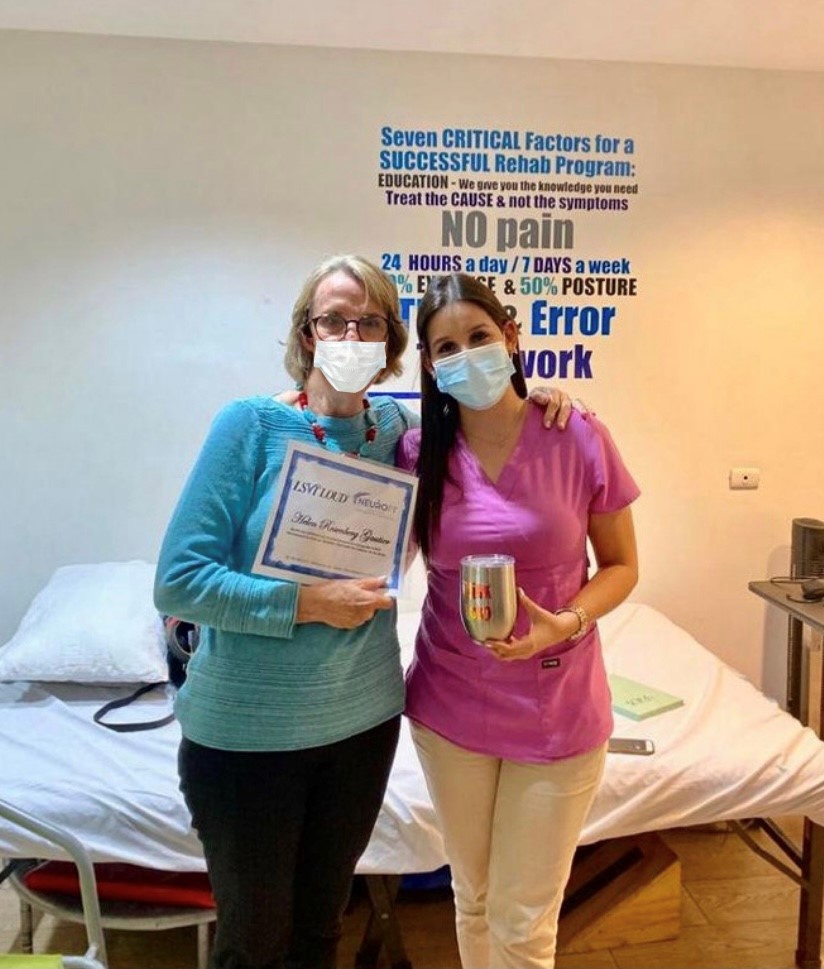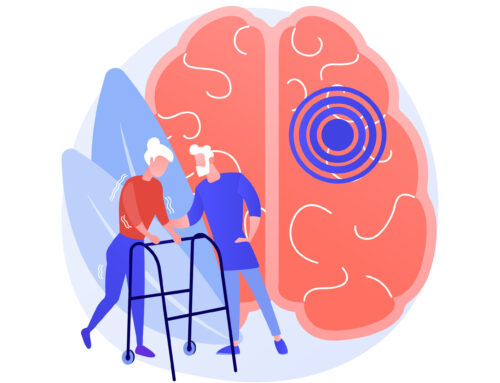LSVT Loud therapy to rehabilitate voice in people with Parkinson’s disease
Normally, people suffering from Parkinson’s disease see alterations in the functioning of various parts of their body. By being a chronic and progressive disease that causes the death of vital neurons in the brain, it affects the movement in general. As well as producing tingling in hands, arms, legs, leading to stiffness of the trunk or limbs, it also affects speech. LSVT LOUD therapy stimulates the motor system and incorporates sensory awareness to help patients increase the volume of their voice and become comfortable with it.
This therapy includes:
Objectives of LSVT Loud Therapy
Increasing range of motion
Volume at the speech level and wider movements at the extremity level (arms and legs).
Sensory recalibration
This is intended to help patients recognize and make the movements with greater amplitude as normal.
Exercises can be performed autonomously and allow training attention to action, which facilitates long-term maintenance of results.
Neuroplasticity
The ultimate goal is that the intensity at which this therapy is performed drives neuroplasticity mechanisms.
Exercises and Techniques
Patient testimonial
Testimonial from a patient who completed her intensive Speech Therapy program based on the protocol: LSVT LOUD, for voice rehabilitation in Parkinson’s Disease:
¨Taming Parkinson’s with intensive and effective treatment. Thanks to Marianne and Speech Therapy for helping me to THINK LOUD!

Normally, people suffering from Parkinson’s disease see alterations in the functioning of various parts of their body. By being a chronic and progressive disease that causes the death of vital neurons in the brain, it affects the movement in general. As well as producing tingling in hands, arms, legs, leading to stiffness of the trunk or limbs, it also affects speech. LSVT LOUD therapy stimulates the motor system and incorporates sensory awareness to help patients increase the volume of their voice and become comfortable with it.
This therapy includes:
Objectives of LSVT Loud Therapy
Increasing range of motion
Volume at the speech level and wider movements at the extremity level (arms and legs).
Sensory recalibration
This is intended to help patients recognize and make the movements with greater amplitude as normal.
Exercises can be performed autonomously and allow training attention to action, which facilitates long-term maintenance of results.
Neuroplasticity
The ultimate goal is that the intensity at which this therapy is performed drives neuroplasticity mechanisms.
Exercises and Techniques
Patient testimonial
Testimonial from a patient who completed her intensive Speech Therapy program based on the protocol: LSVT LOUD, for voice rehabilitation in Parkinson’s Disease:
¨Taming Parkinson’s with intensive and effective treatment. Thanks to Marianne and Speech Therapy for helping me to THINK LOUD!





